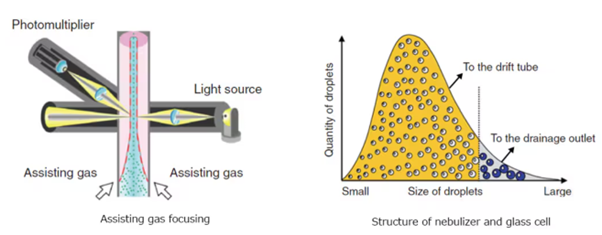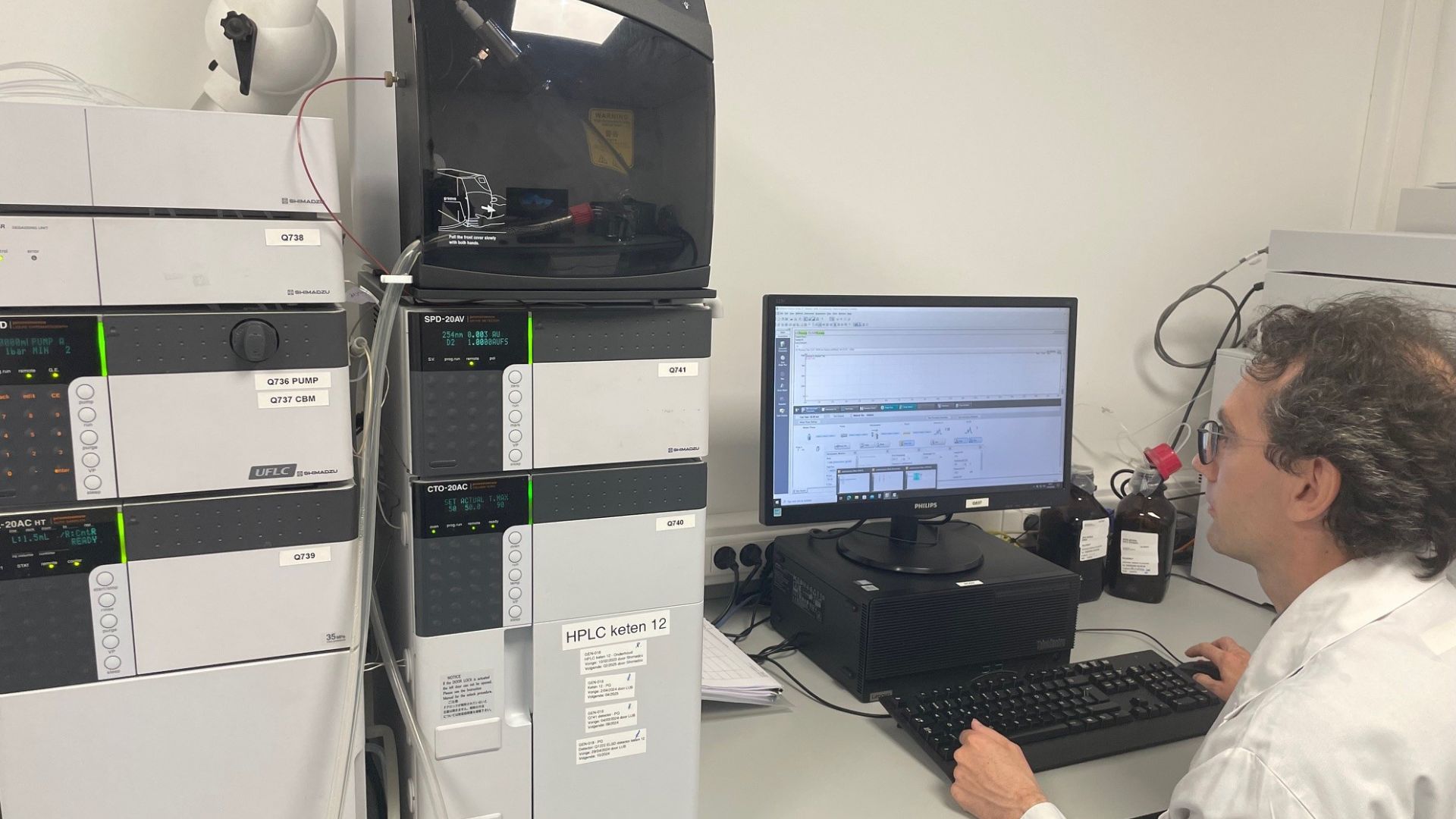High-Performance Liquid Chromatography (HPLC) is a cornerstone of quality control (QC) testing, essential for analyzing complex mixtures and ensuring the purity and potency of pharmaceutical products.
Among the various detectors used in HPLC, the Evaporative Light Scattering Detector (ELSD) has gained prominence for its unique advantages in QC testing. This blog post delves into the benefits of ELSD detectors in HPLC, highlighting their critical role in enhancing pharmaceutical analysis.
Understanding ELSD Detectors in HPLC
The Evaporative Light Scattering Detector (ELSD) is a universal detector used in HPLC systems. Unlike other detectors that rely on the optical properties of analytes, ELSD works by detecting particles based on their ability to scatter light. This characteristic makes ELSD particularly useful for analyzing compounds that lack chromophores and are not naturally fluorescent, such as lipids, polymers, and carbohydrates.
ELSDs can detect almost all compounds except volatile ones. They detect irradiated light scattered by microparticles of target components that remain after the mobile phase has evaporated. This enables ELSD to detect compounds with poor UV absorption. Unlike refractive index detectors, ELSDs are compatible with gradient elution, allowing them to analyze multiple components simultaneously.
How ELSDs work
The operation of Evaporative Light Scattering Detectors (ELSD) involves a unique process that allows for the detection of non-volatile analytes. By understanding this process, we can appreciate how ELSDs achieve their universal detection capabilities:
1. Nebulization
The liquid effluent from the HPLC column is converted into a fine mist of droplets by a nebulizer.
2. Evaporation
The droplets pass through a heated drift tube, where the mobile phase solvent evaporates, leaving behind non-volatile analyte particles.
3. Light Scattering
A light source illuminates the remaining particles, and a photodetector measures the scattered light. The intensity of the scattered light is proportional to the quantity of analyte present.

Benefits of ELSD in QC Testing
ELSD detectors offer several key advantages in quality control testing, making them an invaluable tool in the pharmaceutical industry. These benefits range from universal detection capability to enhanced sensitivity and accuracy:
1. Universal Detection Capability
- Versatility: ELSD can detect a wide range of compounds, including those that do not absorb UV light or fluoresce, such as sugars, lipids, and polymers.
- Broad Applicability: ELSD is ideal for analyzing complex formulations and excipients in pharmaceutical products.
2. Non-Specific Detection
- Independence from Chromophores: Unlike UV detectors, ELSD does not rely on the presence of chromophores, allowing the detection of compounds that might otherwise be invisible to UV or fluorescence detectors.
- Consistency: Ensures that all analytes, regardless of their optical properties, can be detected and quantified.
3. Sensitivity and Accuracy
- Low Detection Limits: ELSD offers high sensitivity, enabling the detection of low concentrations of analytes, crucial for quality control and trace analysis.
- Quantitative Analysis: The response of ELSD is often more consistent for different compounds compared to other detectors, allowing for more accurate quantification.
4. Robustness and Reliability
- Stable Baselines: ELSD provides stable and reproducible baselines, reducing the risk of baseline drift and improving the reliability of the analysis.
- Minimal Interference: Less affected by variations in mobile phase composition, making it more robust for gradient elution methods commonly used in pharmaceutical analysis.
5. Complementary Detection
- Enhanced Data Quality: ELSD can be used in conjunction with other detectors, such as UV, PDA, and MS, to provide complementary information and enhance the overall quality of the data.
- Versatile Method Development: This combination allows for the development of more comprehensive and versatile analytical methods, especially for complex samples.
Applications of ELSD in Pharmaceutical QC
The versatility of ELSD detectors extends to various applications in pharmaceutical quality control. From analyzing excipients to profiling impurities, ELSDs play a crucial role in ensuring the quality and consistency of pharmaceutical products:
1. Analysis of Excipients
ELSD is particularly useful for analyzing non-UV-absorbing excipients, such as polysaccharides and surfactants, ensuring they meet specified quality standards.
2. Lipid and Lipophilic Compound Analysis
Lipid-based formulations and lipophilic drugs can be challenging to analyze with traditional detectors. ELSD provides a reliable solution for these analyses.
3. Carbohydrate Analysis
Sugars and sugar alcohols, which are difficult to detect with UV detectors, can be effectively analyzed using ELSD, ensuring the accurate quantification of these compounds in drug formulations.
4. Polymer Analysis
Polymers and macromolecules, often used in controlled-release formulations, can be accurately analyzed with ELSD, ensuring the consistency and quality of these products.
5. Impurity Profiling
ELSD can be used to detect and quantify impurities that may not be detectable by other methods, providing a comprehensive impurity profile and ensuring the purity of the pharmaceutical product.
Conclusion: Use ELSDs to Ensure Quality and Consistency
The Evaporative Light Scattering Detector (ELSD) is a powerful and versatile tool in the pharmaceutical industry, offering unique advantages for quality control testing.
Its ability to detect a wide range of compounds, regardless of their optical properties, makes it indispensable for ensuring the quality and consistency of pharmaceutical products. By integrating ELSD into HPLC systems, pharmaceutical laboratories can enhance their analytical capabilities, improve data quality, and ensure compliance with stringent regulatory standards.
As the pharmaceutical industry continues to advance, the adoption of robust and reliable detection technologies like ELSD will play a crucial role in maintaining high standards of product quality and safety.
By leveraging the strengths of ELSD, pharmaceutical companies can ensure that their products meet the highest standards of excellence, ultimately benefiting patients and healthcare providers alike.
For expert assistance in performing QC analysis with ELSD detectors, contact Quercus to leverage their advanced ELSD solutions for your pharmaceutical needs.


